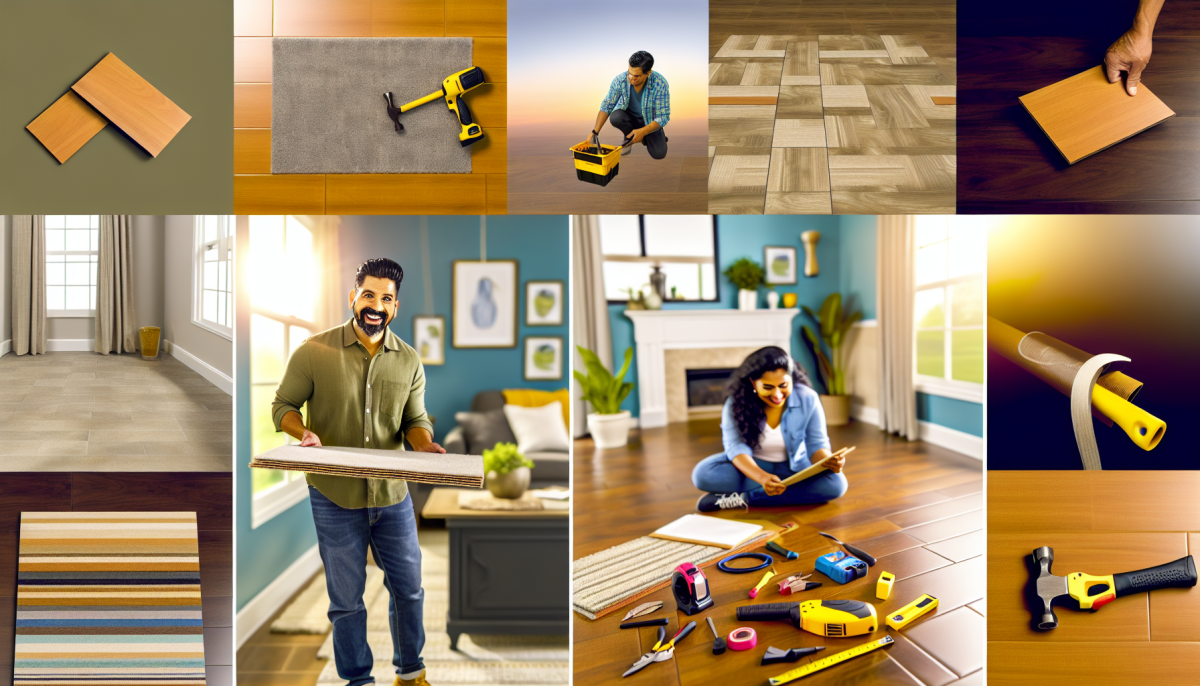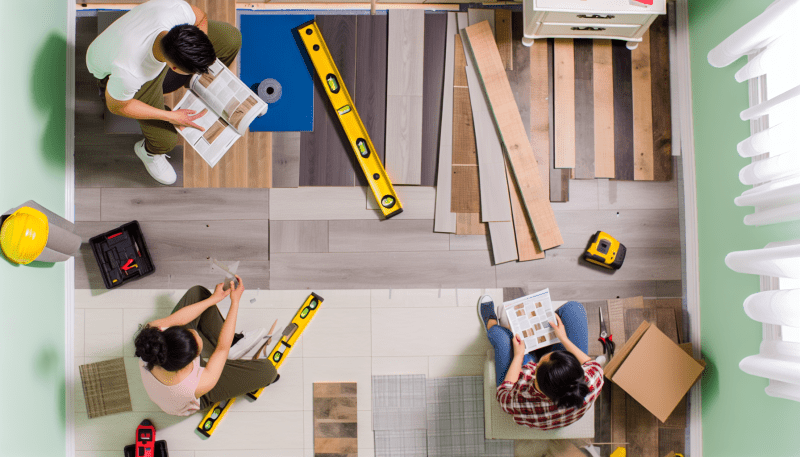When it comes to flooring, picking the right material can feel overwhelming. There are so many options out there, and each one has its own perks and downsides. As you dive into your project, keeping a few factors in mind can help. Here are some flooring installation tips to get you started.
First up, consider the room you’re working with. High-traffic areas like your living room or hallway might benefit from durable materials like hardwood or laminate. They’re tough enough to handle daily wear and tear. In contrast, for bathrooms or kitchens, you might want something water-resistant, like vinyl or tile, to prevent any damage from spills.
Next, think about your lifestyle. If you have pets or little ones running around, you'll want flooring that’s easy to clean and can withstand scratches. Some great options are luxury vinyl or tile since they hold up well and require minimal maintenance. If comfort is your top priority, consider carpet, which can provide a warm and cozy feel underfoot.
Lastly, don't overlook your budget. Flooring can vary greatly in price, so set a realistic budget before you hit the stores. Some materials may seem pricier upfront, but if they’re more durable, they could save you money in the long run. Always do a little research ahead of time and be aware of both costs and installation efforts associated with your choices as you explore these flooring installation tips.
Preparing Your Space for Installation
Getting your space ready for a flooring install is an important step that can make the whole process smoother. Before the installers arrive, take some time to prep your area. Start by clearing out all the furniture and any other items from the room. This not only gives you a clean slate but also helps protect your belongings from dust or damage during installation.
Next, check the condition of the subfloor. If it’s uneven or damaged, it may need some attention before your new flooring can go down. Consider sweeping or vacuuming the area to remove dirt and debris. Remember, a clean surface helps ensure that your new floors will adhere properly and last longer.
Don’t forget about your existing flooring. If you’re replacing old flooring, make sure to check your local disposal options unless you’re planning to handle the removal yourself. Some flooring materials like vinyl or carpet might need special care when you’re getting rid of them.
Lastly, keep in mind the temperature and humidity of your space. Most flooring materials do best in a climate-controlled environment. If it’s too cold or too humid, consider adjusting your thermostat a day or two before installation. Keeping these flooring installation tips in mind will help set the stage for a successful project!
Step-by-Step Installation Guide
Step 1: Gather Your Tools and Materials
Before diving in, make sure you have everything you need. This will save you time and keep the installation process smooth.
Step 2: Prepare the Room
Clear the area of furniture and any old flooring. Make sure the subfloor is clean, dry, and level. If there are any uneven spots, you can use a leveler to even things out. Proper preparation is one of the key flooring installation tips that makes a big difference in the final outcome!
Step 3: Measure and Cut
Measure the dimensions of your room, and then start cutting your flooring according to these measurements. It’s helpful to lay out the pieces before fastening them down, so you can visualize how everything fits together. Don't rush this part; getting accurate cuts will save you headaches later!
Step 4: Install the Flooring
Begin laying down your flooring, starting from one corner and moving outwards. If you're using click-lock flooring, follow the manufacturer’s instructions for snapping the pieces together. For glue-down options, apply adhesive evenly as you go. When in doubt, remember these flooring installation tips: take your time and double-check for gaps or misalignments as you work.
By following these simple steps, you'll be on your way to a brand-new floor in no time. Enjoy the transformation!
Common Mistakes to Avoid
When it comes to flooring installation, a few common mistakes can trip up even the most enthusiastic DIYers. Here are some pitfalls to watch out for so you can get the job done right!
First off, not measuring your space correctly can lead to unnecessary frustration. Always measure your area multiple times before purchasing your flooring. Make sure you account for any irregularities such as corners or alcoves. Trust me, you don’t want to be stuck with the wrong size flooring, which can waste both time and money.
Another key point is skipping the underlayment. Some homeowners think it's optional, but using underlayment can make a huge difference in sound insulation and cushioning. It also helps in reducing moisture problems and extending the life of your flooring. So, don't overlook this important step in your flooring installation tips!
Lastly, many people forget about acclimating their flooring to the room's temperature and humidity before installation. Wood and laminate flooring can expand and contract based on moisture levels. It's best to let your new materials sit in the room for at least 48 hours before you start laying them down. This simple step can save you from future headaches!



